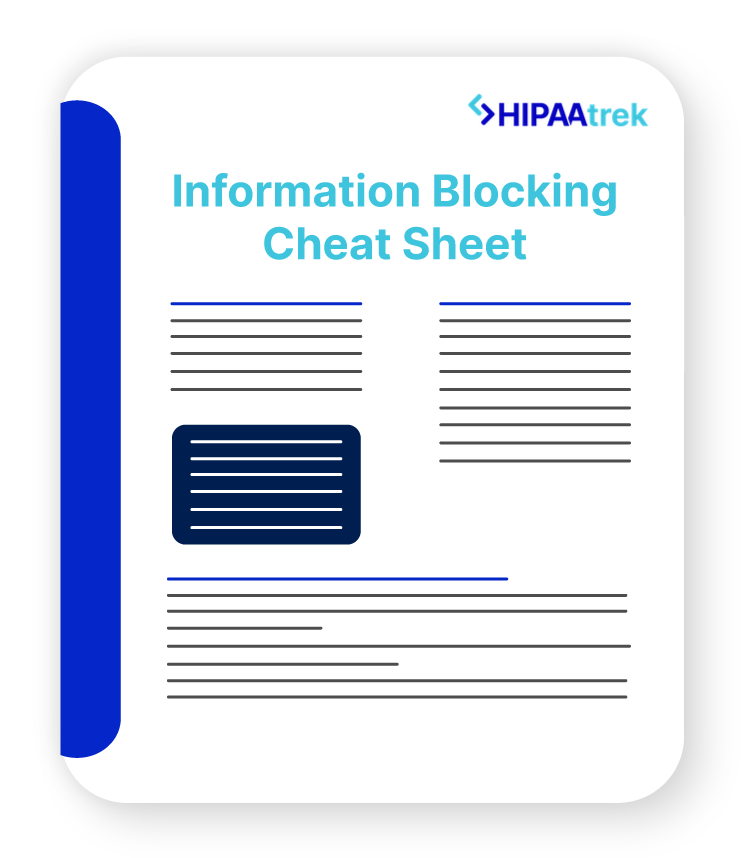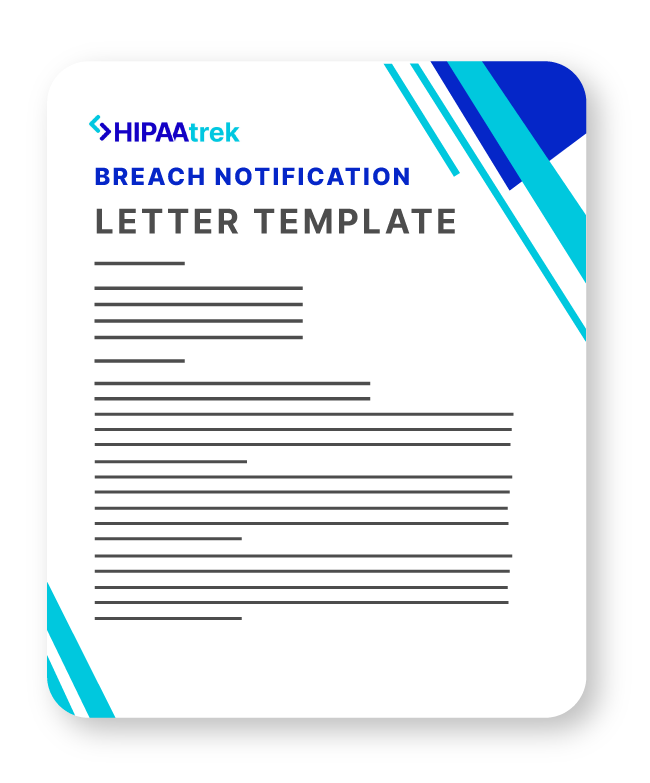HIPAA compliance may seem simple from the outside: understand the rules, and follow them. But anyone working in compliance knows that it’s much more than that—and while you tailor policies, training, and contracts to the needs of your organization, your high-level approach is what dictates whether your compliance is truly defensible.
Defensible HIPAA compliance goes beyond the basics, understanding the real risks to your organization and integrating compliance into business functions. That’s why adopting a strategy for defensible HIPAA compliance will reduce the risk of breaches and provide protection in case of any investigations or complaints.
Today, we’re sharing a three-step system to refine your compliance program from simply following the rules to truly robust, defensible compliance.
Ready to examine your own strategy and see if you’re following the steps for defensible compliance? Let’s dive in.
A Defensive vs. Defensible Compliance Approach
When we think of defensible compliance, we naturally compare it to the alternative: defensive compliance.
Defensive compliance is less of an approach and more of the default we see from confused or overwhelmed compliance officers, treating compliance like a box to check instead of an evolving series of steps. Defensive compliance may technically follow the rules, but it misses the larger goal of risk analysis and prevention.
When you don’t focus on defensible compliance, you end up with defensive compliance—and when an investigation finally does happen, your organization will be on defense trying to prove that you followed the rules.
Defensible compliance, on the other hand, is an organized, methodical approach to protecting your organization. Think of it as building a strong defense for your organization, building the evidence so that you can later show you did all you could to avoid a breach.
When you are confident in your compliance, you don’t have to get defensive when the Office for Civil Right (OCR) investigates.
Wondering how to create a defensible compliance strategy at your organization? We’ll lay it out in 3 steps:
The Foundation: Risk Analysis
You can’t create a roadmap to success unless you know where you are starting. Where defensive compliance may not be interested in identifying shortcomings, a defensible HIPAA compliance strategy builds on the foundation of risk analysis.
A Security Risk Analysis—which HIPAA states should be done periodically—is the foundation of a strong cyber security program, and a good place to start for defensible HIPAA compliance. From there, you can also perform a Privacy Gap Analysis to check against all of your regulations, including HIPAA and the Cures Act.
The critical distinction in starting with risk analyses, instead of beginning with the regulations themselves, is that risk analyses are specific to your organization, identifying challenges and risks that other organizations may not face.
From the beginning, you are tailoring what compliance looks like to the specific needs of your organization.
Once you have performed a thorough risk analysis, you have the beginnings of a roadmap to defensible compliance: identifying and mitigating the vulnerabilities you identified.
The Protection: An Auditable Trail of Compliance
As you mitigate the risks identified in your Security Risk Analysis and Privacy Gap Analysis, you have the opportunity to take the next step toward defensible compliance: record keeping. Keeping proof of each compliance task you complete and each risk you resolve may sound tedious, but it’s a critical piece of defensible HIPAA compliance.
By creating a trail of compliance activities, your organization is not only protected, but ready to prove it in case of an audit.
Your auditable trail of compliance should include:
- A summary of your risk analyses,
- Risk management plans,
- Complete version history for documents and policies,
- Proof of employee training and education efforts,
- A record of sent security reminders,
- A contingency plan,
- Actions taken in response to Corrective Action Plans, if any, and
- Records of every other step you take to ensure HIPAA compliance.
All of this information creates the proof—the evidence that you have taken the necessary steps to be HIPAA compliant and protect patient information. It is critical to track each step along the way—because you won’t have time to create all of this evidence when the OCR comes knocking on your door.
That’s why we built HIPAAtrek with audits in mind. HIPAAtrek automatically tracks each step you take toward compliance, saving version history, tracking security reminders, storing all of your employee training, and much more.
When you have HIPAAtrek, you never have to worry about whether you’re creating an auditable trail of compliance—you are, automatically. Click here to learn more about how HIPAAtrek can help you find confidence in your compliance program.
The Implementation: Training and Education
Finally, the last step of a defensible HIPAA compliance strategy is one of the hardest, and we call it GOO: Get Out of the Office—to engage with your team.
Proper implementation of compliance procedures relies on training. It’s great to have policies in place, but if your staff isn’t trained to implement them, does it really matter?
When you are creating defensible compliance, employee training is about more than just reading a policy—it’s about being sure your staff truly understands compliance and what their responsibilities are.
Aim for engaging training, with interactive elements like photos, quizzes, and videos, and focus training around real-life scenarios and role-playing, which allows employees to grasp the practical implications of policies.
Additionally, getting out of the office to see implementation in action and build strong communication with staff is critical to ensuring compliance is understood across the board.
Posters and email compliance reminders also help to remind your team of their responsibility to uphold HIPAA compliance when you can’t be there in person.
Defensible HIPAA Compliance for Your Organization
While it may be easier to fall back on defensive compliance practices, building a true strategy around defensible compliance will reduce risks and ensure well-rounded protection, as well as proof of compliance in any investigations.
While it takes some concentrated effort up front in conducting a risk analysis, creating an auditable trail of compliance, and engaging with your team, defensible compliance has robust benefits for you and your organization.
HIPAAtrek is an all-in-one HIPAA compliance software that can help you manage every aspect of your compliance—from policies to training and everything in between—while tracking each step you take to build proof of your compliance efforts. Want to learn more about how HIPAAtrek can help you manage your compliance? Click here to sign up for a demo.
Want to learn more about how HIPAAtrek can help you manage your compliance?
HIPAAtrek is an all-in-one HIPAA compliance software that can help you manage every aspect of your compliance—from policies to training and everything in between—while tracking each step you take to build proof of your compliance efforts.












